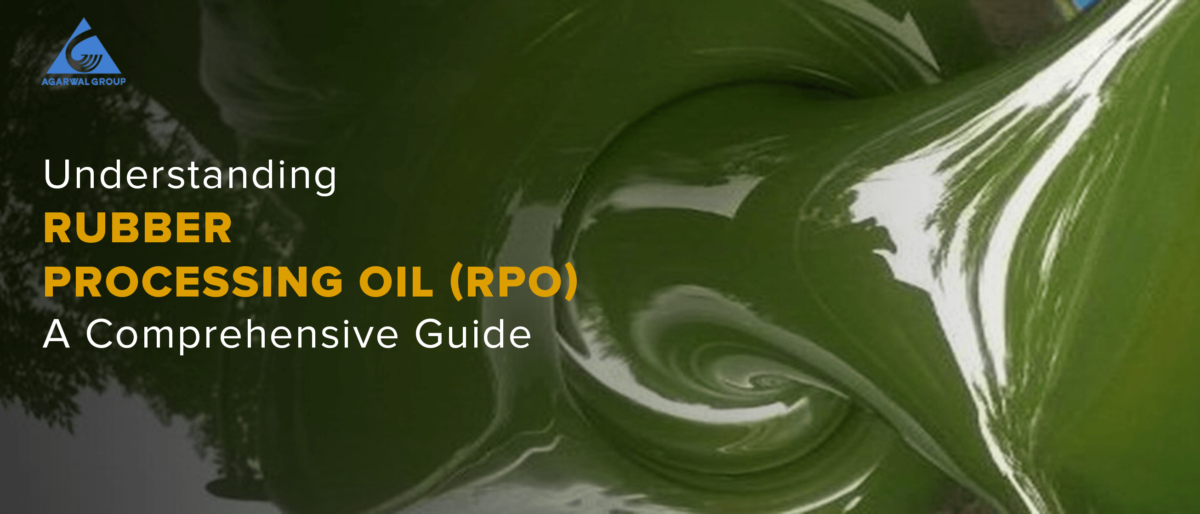I. Introduction
India’s infrastructure sector is witnessing a period of significant growth, and a key indicator of this trend is the recent surge in bitumen consumption. Fiscal Year 2024 (FY24) saw bitumen consumption reach a 10-year high, driven by a substantial increase in road construction activity. This blog dives into the factors behind this rise in bitumen India demand and explores its broader implications.
II. The Road to Record Consumption
According to data from the Indian Ministry of Petroleum and Natural Gas, bitumen consumption in FY24 reached a record high of 8.8 million metric tonnes (MMT), a 10% increase compared to the previous year. This rise in bitumen India consumption is attributed to a surge in road construction activity, particularly on national highways.
III. Driving Forces Behind the Bitumen Boom
Several key factors likely contributed to the record-breaking bitumen India consumption in FY24:
Infrastructure Push by the Government:
The Indian government has prioritized infrastructure development in recent years. Increased budgetary allocations for road projects, highway expansions, and rural road connectivity plans have significantly boosted demand for bitumen.
Focus on National Highways:
A particular emphasis has been placed on developing national highways that connect major cities and economic centers. These projects typically require large quantities of bitumen for road construction.
Pre-Election Boost:
With a general election looming, the government may have accelerated infrastructure projects in FY24, leading to a temporary rise in bitumen consumption.
IV. Beyond the Numbers – Impact of the Bitumen Surge
The record-breaking bitumen India consumption has a ripple effect across various sectors:
Job Creation:
Increased infrastructure activity translates to more jobs in construction, transportation, and related industries. This can lead to positive economic growth and improved employment opportunities.
Stimulus for Allied Industries:
The demand for bitumen stimulates allied industries like manufacturing of construction equipment, production of aggregates, and transportation services. This creates a multiplier effect in the economy.
Improved Connectivity:
Enhanced road infrastructure facilitates better movement of goods and people. This can lead to increased efficiency in logistics, improved access to markets, and overall economic development.
V. Conclusion
The 10-year high in bitumen India consumption for FY24 signifies a robust infrastructure sector. Understanding the reasons behind this surge and being mindful of potential challenges will be crucial for making informed decisions regarding future infrastructure development. As India strives for sustainable growth and improved connectivity, the focus should be on promoting a balanced approach that prioritizes economic progress while minimizing environmental impact. Exploring alternative materials, adopting sustainable practices, and ensuring quality control will be essential for building a resilient and long-lasting road network for India.








